Land changes naturally. Or not.
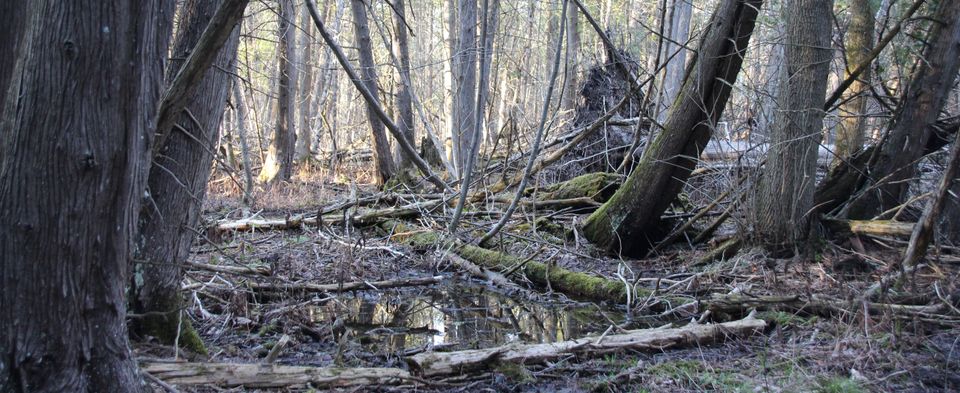
Before the Ottawa Valley was settled, an old-growth forest was at work, the forest floor thick with endless generations of organic material, groves of cedar near springs holding open water in the dead of winter, Spring melt and water from springs slowly seeping to creeks and, eventually, the Ottawa River.
Then with settlers came roads and homes. The land was cleared of trees. Ditches were dug by hand through fields to move water previously evaporated by the forest canopy. On our acreage, cattle grazed native grasses and horses browsed the fence lines. Cedar fence posts stood fast, strung with rails and, later, wire fencing.
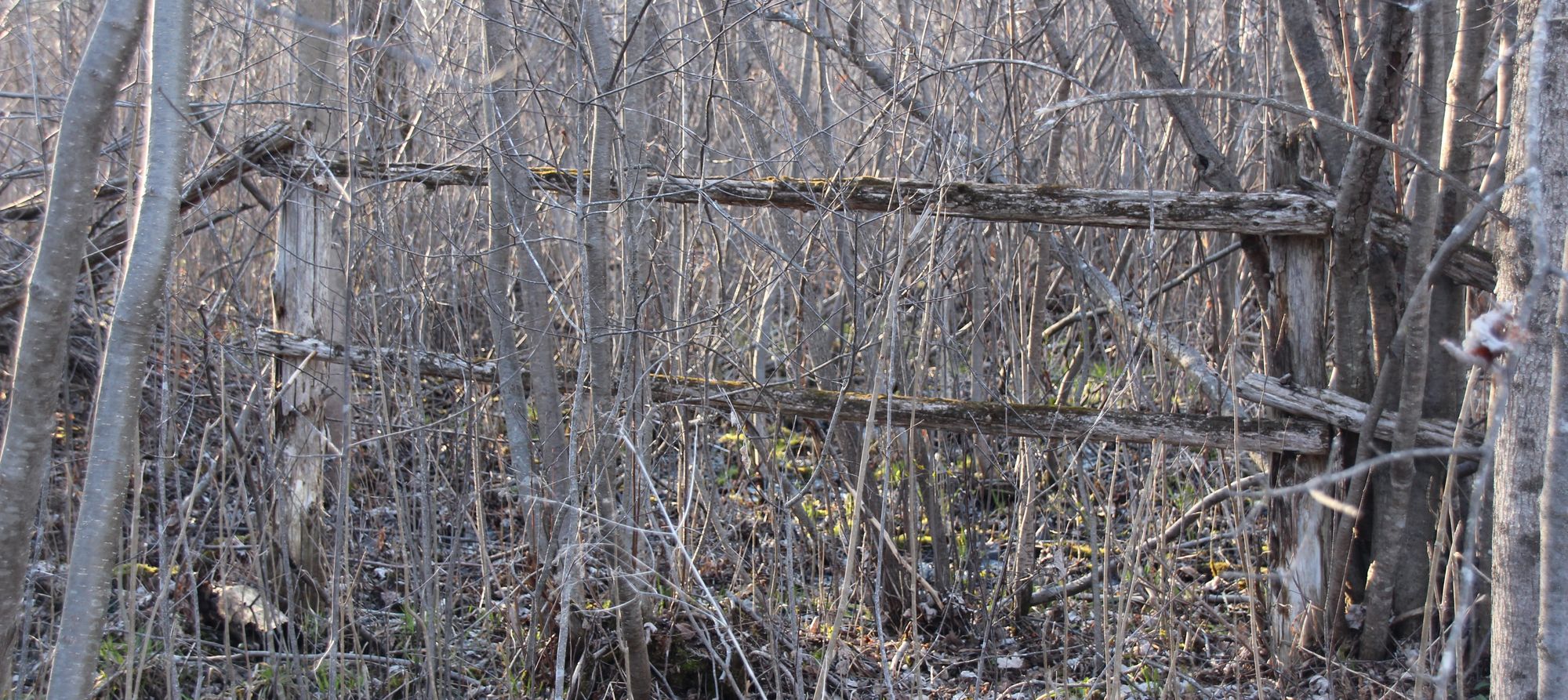
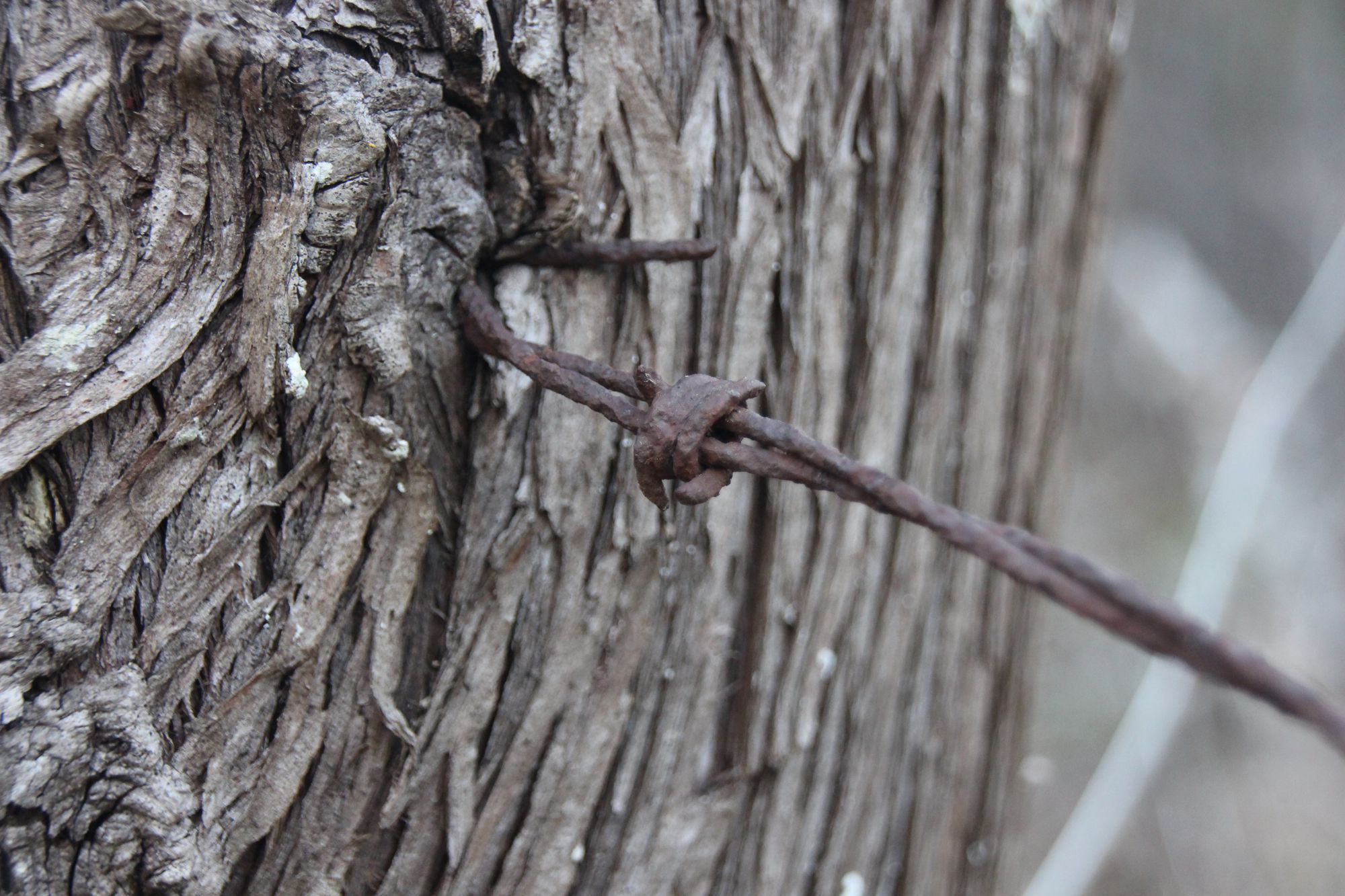
The cattle both fertilized and kept grasses at "teenage" height - where it grows fastest. Topsoil built continuously, full of aerobic microorganisms and mycorrhizae fungi delivering food to roots, which in turn pushed deep into the nutrient-rich clay.
But the farm, the cattle, and the horses moved on. The hand-dug ditches filled in. Water stopped moving. The soil became saturated and the aerobic bacteria, microorganisms, and fungi were displaced. And the clay changed.
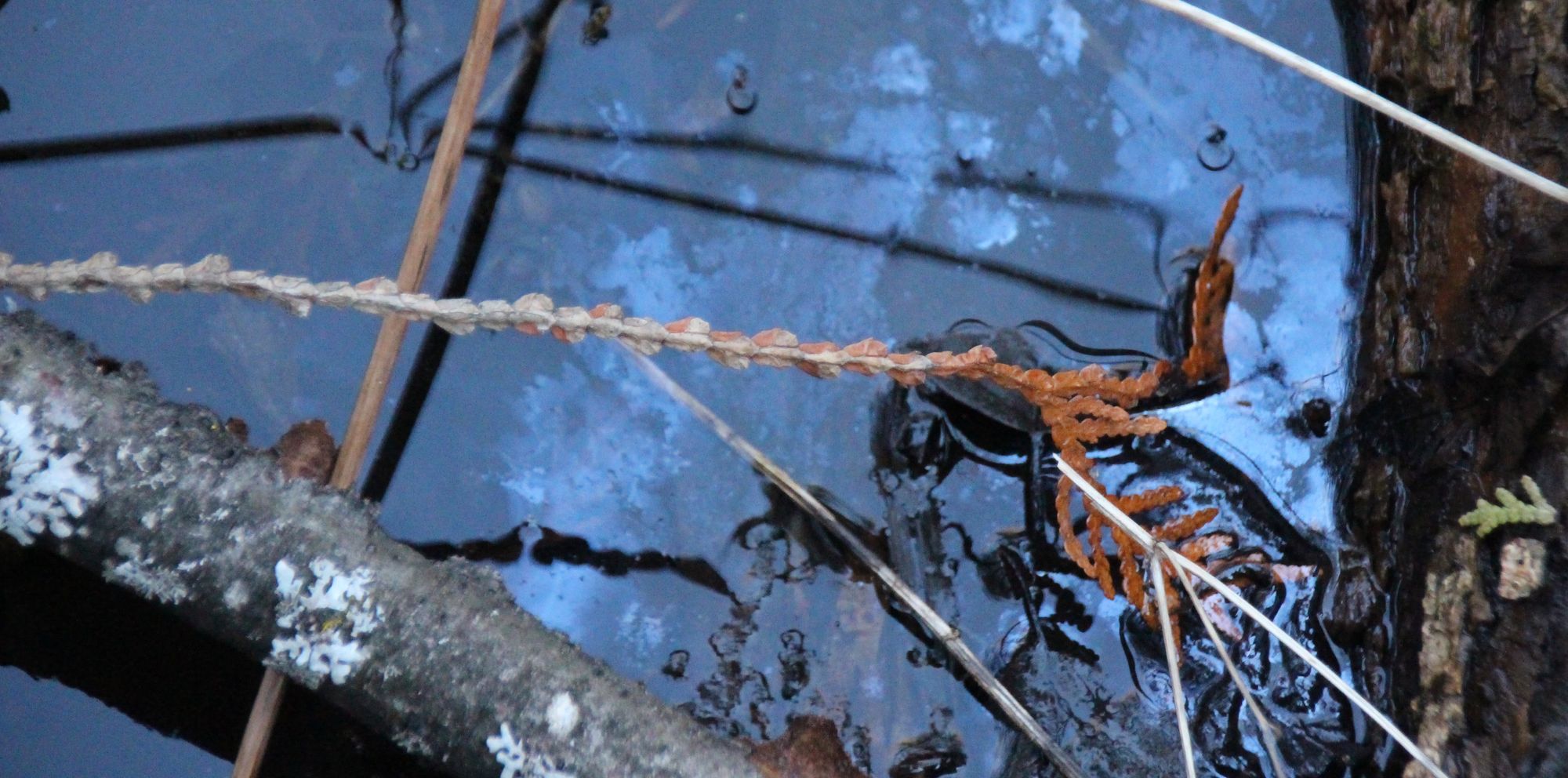
Clay has a split personality. It can be in one of two states: flocculated or dispersed. When flocculated, the particles stick together in clumps that create a coarser, water-permeable medium. When dispersed, the clay separates into tiny, pancake-like particles that form a waterproof layer (it's even used for pond linings).
It's an electrical thing - clay particles generally have a negative charge and repel each other, becoming dispersed. When positively charged ions (called cations) are present, the clay can stick to them, and become flocculated. But when waterlogged, these positively charged particles cannot do their work.
So the pastures gave way.
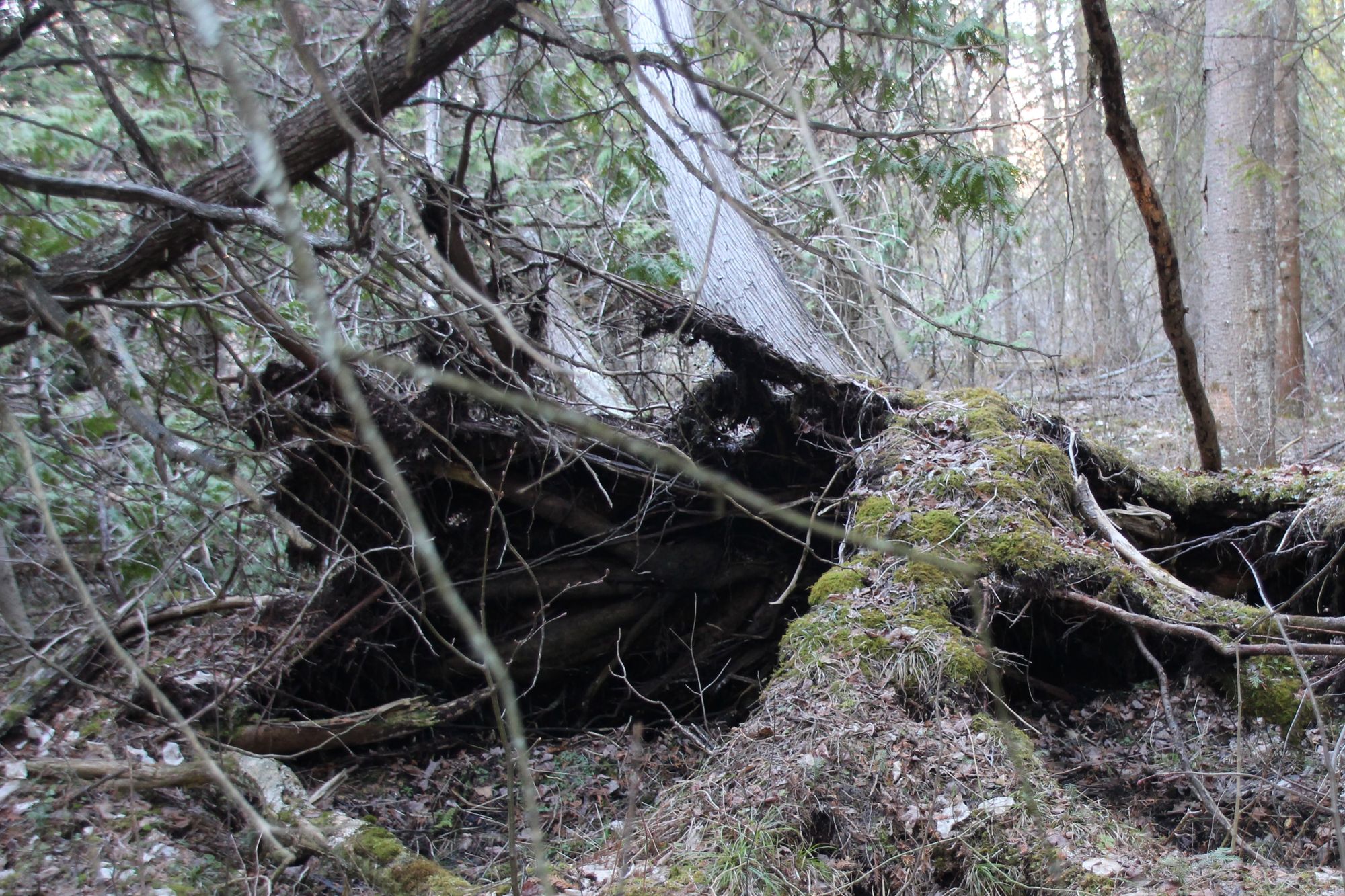
And so here it sits: a waterlogged surface layer, waiting for things to grow, fall, rot, and repeat, until enough of it builds to escape the wet, and breathe.
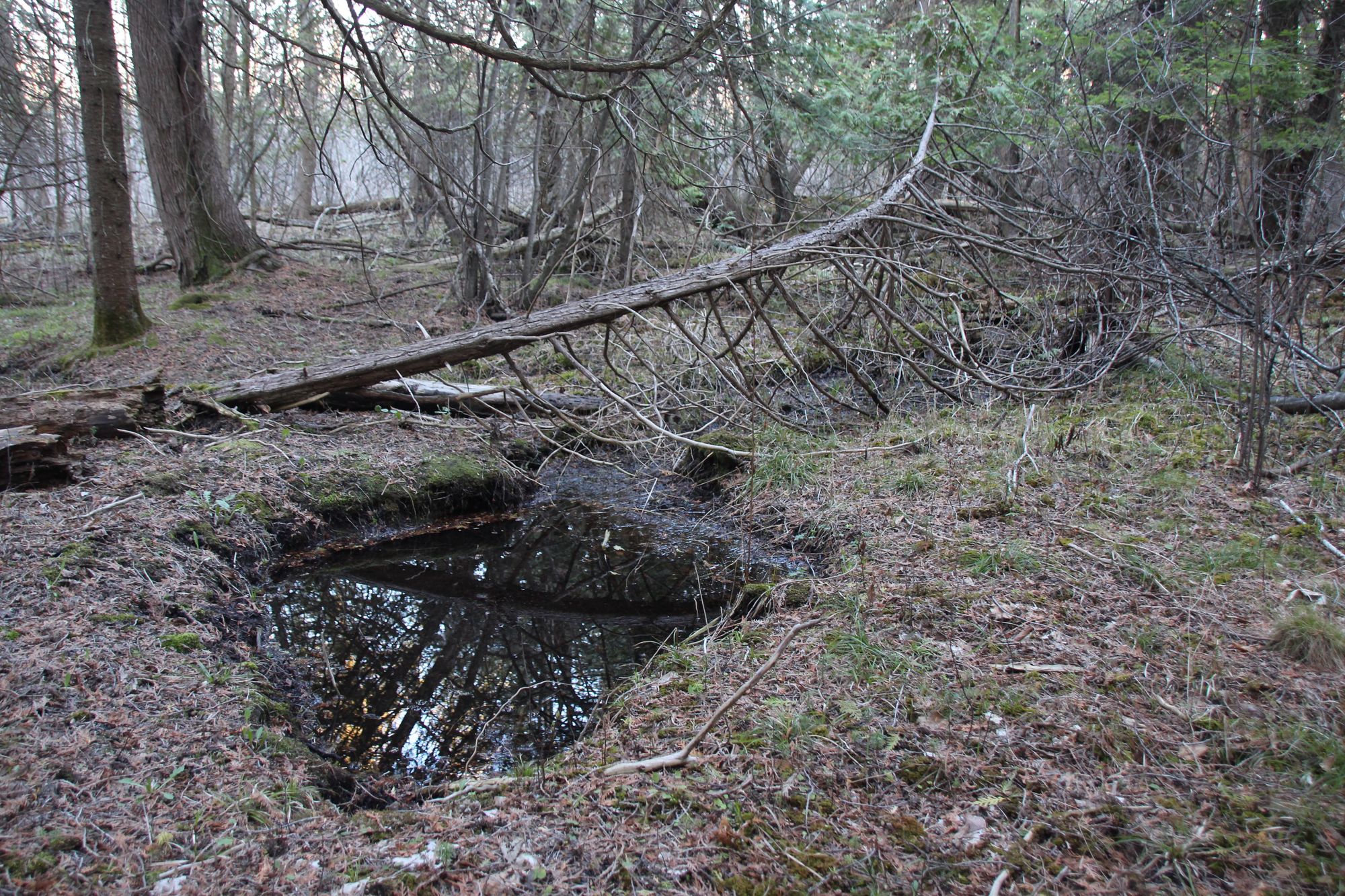
An so what for the future? As stewards we have a plan to restore some of the farmland pasture, but mostly we're leaving things alone, treading lightly while managing and enjoying this woodland's riches. I'll talk more about that in future posts. In the meantime...

Thanks for reading. Send me an email anytime. You can peruse other musings of this wannabe farmer from the homepage, or click on my picture, below.